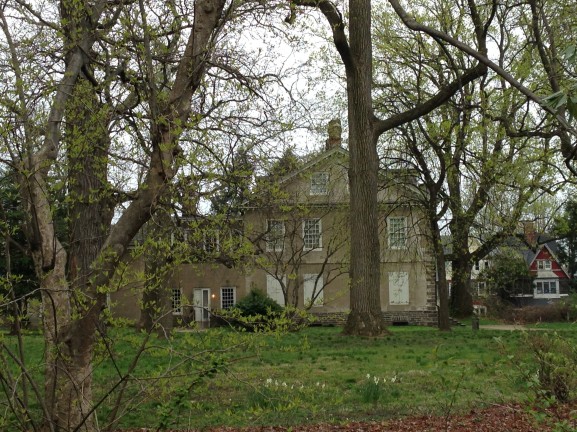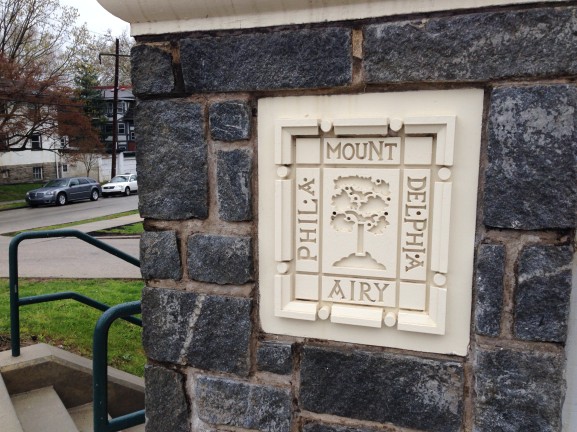
Every summer, tourists flock to Market and Fifth streets to visit the sights linked to our nation’s independence. Drive up Broad Street and hook a left at Germantown Avenue however, and one will follow a path of historic sites and structures that spans well beyond 1776. Northwest Philadelphia is filled with the metal blue markers that denote the location of a historic site along streets that still contain the remnants of antiquated trolley tracks and cobblestone. The neighborhoods of Germantown and Mt. Airy were once home to famous Philadelphian’s such as William Allen, Benjamin Chew and Bill Cosby.
Every fall, the Germantown Historical Society celebrates the Battle of Germantown with a historic reenactment.
Here are five historic sites to visit along Germantown Avenue.

6401 Germantown Avenue
Cliveden, also known as the Benjamin Chew House for its founder, is one of the most famous properties in the Historic Germantown District, and is home to the annual reenactment of the Battle of Germantown. The battle, fought in October 1777, was a victory for the British. The defeat set the scene for the historic winter Gen. George Washington and his troops would spend at Valley Forge, Pa.

6430 Germantown Avenue
Upsala dates back to the 1740s, and the house was built by John Johnson III, a descendent of the first Quaker’s to settle in Germantown. The land was used as a staging ground for Continental Army troops during the Battle of Germantown in the Revolutionary War. The house and property were added to the Nation Register of Historic Places in 1972.

6611 Germantown Avenue
The Church of the Brethren dates back to 1770, when German settlers in the area established it. The cemetery on the property is the final resting place of early Brethren leaders and soldiers who fought in the Revolutionary War.

Mt. Airy
Mt. Airy is located on the land once owned by William Allen, who is best known for designing Independence Hall, one of Philadelphia’s most famous attractions. William Allen built his summer home here in the 1750s, for which the neighborhood is named. The city of Allentown, Pa. is also named for Allen.

7137 Germantown Avenue
The Sedgwick Theater was built in 1928 by architect William Harold Lee, who also designed theaters in Philadelphia at Temple University and the University of Pennsylvania. The theater closed in 1966, when it was divided and turned into a warehouse. It was brought back into operation in the 1990s.
– Text and images by Brendan Menapace and John Moritz.


Be the first to comment